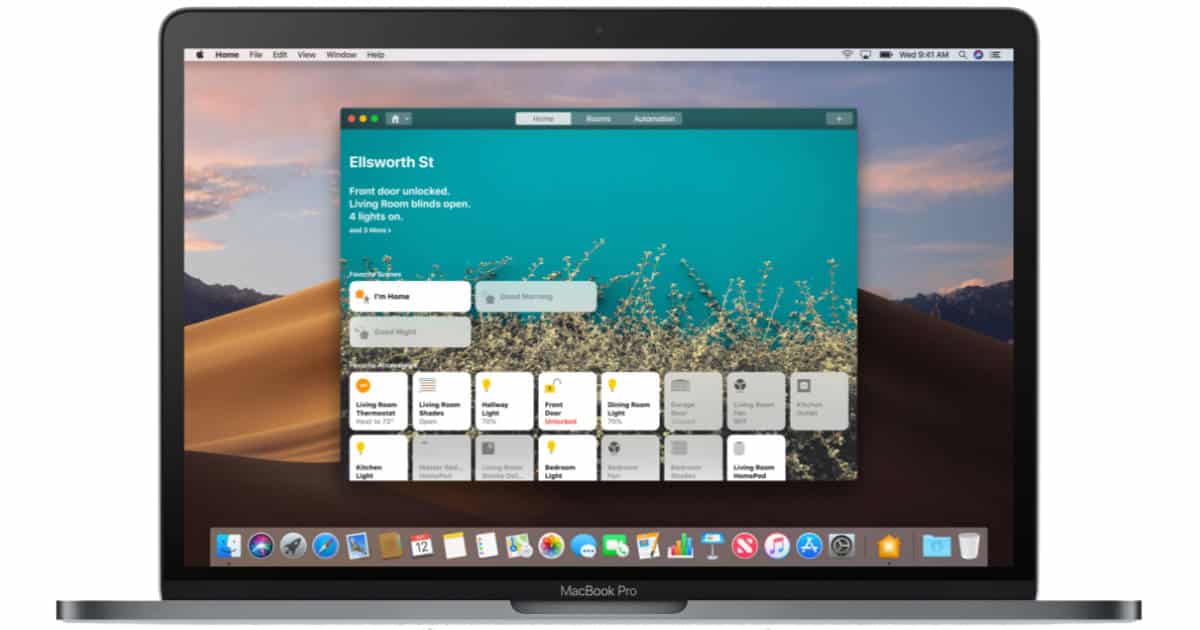

- #Macos high sierra patcher tool for unsupported macs auto for mac#
- #Macos high sierra patcher tool for unsupported macs auto install#
- #Macos high sierra patcher tool for unsupported macs auto windows 10#
I now havem from the future (it’s 2021 in this comment) some grasp of the consequences of this 7th, or is it eighth total rehash since my Mac 128. Here is the rest of the technical note verbatim, with our translation of Apple’s writing in italics: Those Macs that use Fusion Drives (like the iMac, for example) or good old hard disk drives will not be converted, period.
#Macos high sierra patcher tool for unsupported macs auto install#
So basically, if you install APFS on any Mac that uses a solid-state drive as a built-in boot drive, it will automatically convert to APFS and you will not have a choice. You can’t opt out of the transition to APFS. (Rocket Yard emphasis)

Fusion Drives and hard disk drives (HDDs) aren’t converted. When you install macOS High Sierra on the built-in solid-state drive (SSD) of a Mac, that drive is automatically converted to APFS. APFS features strong encryption, space sharing, snapshots, fast directory sizing, and improved file system fundamentals.
#Macos high sierra patcher tool for unsupported macs auto for mac#
Probably the most important information from Apple is this quote:Īpple File System (APFS) is the default file system in macOS High Sierra for Mac computers with all-flash storage.
#Macos high sierra patcher tool for unsupported macs auto windows 10#
K Two - have you tried booting windows 10 on a separate partition alongside Monterey or Big Sur via opencore? Even with opencore managing the bootable OSes, a user might have to use gdisk to get windows booting again if the drive has too many partitions.Thanks to sharp-eyed Rocket Yard commenter Chris pointing us to an Apple support document, we now have a bit more information on macOS High Sierra, Apple File System, and how it all works on Macs and on volumes that are formatted with the legacy HFS+ file system.Ĭhris pointed us to this Apple tech document, titled Prepare for APFS in macOS High Sierra. K Two is a big opencore fan, and lucky for us, he is very knowledgeable about it and can give good advice about opencore.? I use opencore too for my hackintosh, and my legacy macs will get the opencore legacy patcher treatment after Catalina losses support.

When you multi-boot your devices with opencore, is each macOS on a separate volume or separate partition? How do you organize it? K Two - have you tried booting windows 10 on a separate partition alongside Monterey or Big Sur via opencore? Even with opencore managing the bootable OSes, a user might have to use gdisk to get windows booting again if the drive has too many partitions. I think that Squatting Hen is going to reformat his/her drive and just install Catalina on a separate volume this time. Many/Most/All? macs with a partition for windows will become unbootable if yet another partition is added to the drive. The problem was that adding a 3rd partition for DosDude1 Catalina broke his windows partition`s ability to boot. "Squatting Hen" was able to install dosdude1 patched Catalina on his 2009 iMac. Click to expand.K Two is a big opencore fan, and lucky for us, he is very knowledgeable about it and can give good advice about opencore.? I use opencore too for my hackintosh, and my legacy macs will get the opencore legacy patcher treatment after Catalina losses support.


 0 kommentar(er)
0 kommentar(er)
